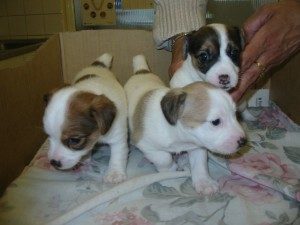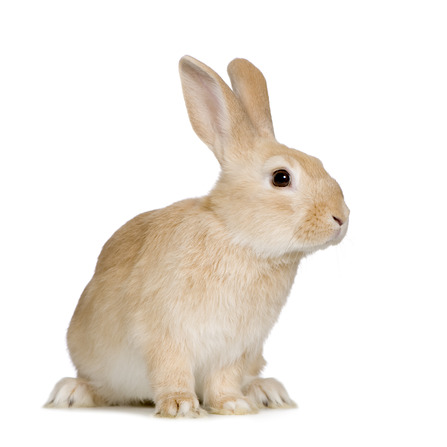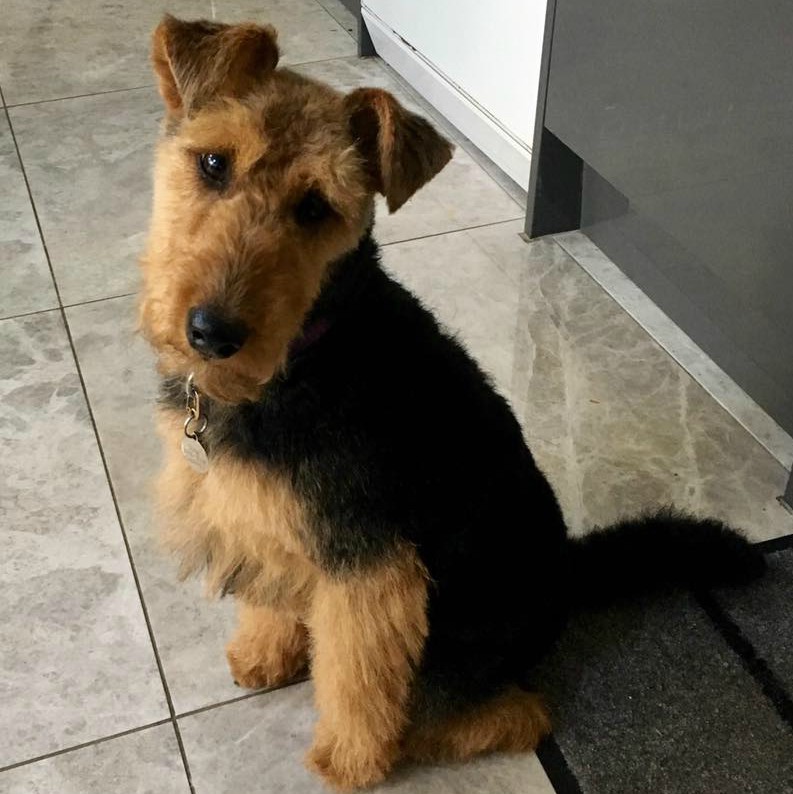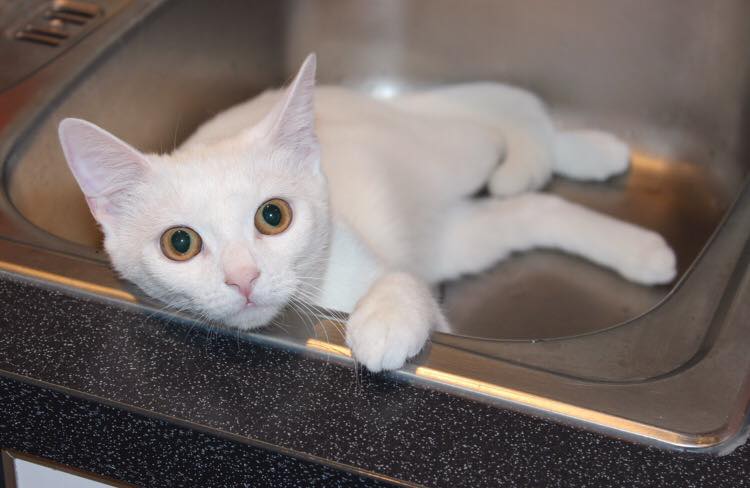Do you know how easy it is for your pet to pick up a worm burden? By just licking the slime of a snail trail can help spread worms into your pet! Some worms can cause a pot bellied appearance and some can cause, in extreme cases, death – this is why it is so important to worm your pet regularly. There are many different worming products on the market. Our vets will assess and weigh your pet and arrange a suitable prescription to help prevent worms. Worming products are all included in our monthly Pet Healthcare Plan if you want to spread the cost of your pets preventative healthcare, why not join today?
Toxocara Canis is a common type of roundworm found in the digestive tract of dogs. The parasite can be found in the environment particularly in parks and exercise areas. They can effect any type, age or breed of dog. Puppies can get the worms passed on from their mothers can become infected whilst still in the uterus. Many dogs (between 10% – 40%) have this worm present in their body and show no external signs.
Toxocara cati is the common feline roundworm, again this can be found in any breed, type or age of cat or kitten. The parasite has been found in 26% of cats. Cats can get worms through contact with infected soil, licking fur near their feet, and eating a host animal such as a rodent.
The larvae of both worms can move through the body and cause damage to the animals internal organs. Young puppies and kittens are the most likely to show clinical signs, these would include :
Abdominal pain
Diarrhoea
Coughs
Nasal discharge
Pot bellied/bloated appearance
If your kitten or puppy shows any of these signs contact us immediately. We will be able to treat the animal with the appropriately, if left to worsen worms can cause serious health issues.
The Toxocara worm can also infect humans, this is called a zoonosis (where an infection can spread between animal and human). Although rare the worm larvae can migrate into the human eye. Symptom’s can include vision loss, eye inflammation or retina damage. The worm can also travel to other parts of the human body and cause wheezing, coughing or a fever. If you are concerned please contact your doctor.
Is your pet protected?
We have a number of different prevention and treatment options available so ask one of our friendly staff today and we will be able to advise of the best course of treatment for you pet and don’t forget the most important step ……..
Prevention is better than cure so always clean up after your pet has been to the toilet!
Dogs can also pick up a dangerous disease from slugs and snails in your garden, called lungworm or angiostrongylus. It is being spread by foxes to the slugs or snails and if your dog eats a slug or snail, or even licks the slug trail it can pick up the disease, which can cause severe bleeding, and even death.

Vet Matthew Wilson comments ” We are seeing more cases of this dangerous disease each year in Hounslow, as foxes are very common in our region. Young dogs and certain breeds such as Staffordshire Bull Terriers are infected most commonly.”
You can protect your pet from this potentially deadly disease with a monthly spot on application. This is a vial of liquid that is poured on the back of your dogs neck once a month. We use a prescription only medicine and is dispensed according to the weight of your dog.











